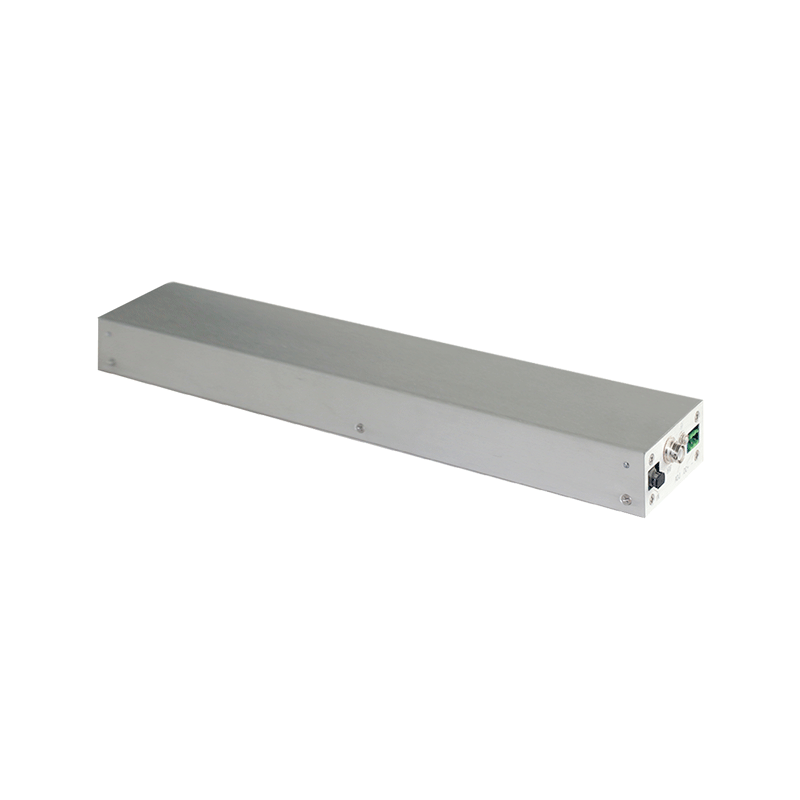High-Voltage Power Supply for Electrophoresis: Medium Adaptability and Precise Migration Control
Electrophoresis separation efficiency and reproducibility depend on precise control of the electric field across the separation medium. The high-voltage power supply must adapt to different buffer conductivities and gel compositions while maintaining precise voltage and current regulation.
An adaptive control architecture enables the power supply to automatically switch between constant-voltage and constant-current modes depending on medium properties. Real-time impedance measurement allows the system to calculate the optimal field strength for stable molecule migration. With a dual-loop control scheme (voltage and current feedback), migration uniformity is maintained even as the conductivity of the gel or buffer changes during the process.
Temperature rise from Joule heating can distort band resolution. The system incorporates thermal sensors and a feedback algorithm that dynamically adjusts the voltage gradient to maintain a constant temperature profile across the electrophoresis chamber. In addition, high-speed digital control ensures precise timing of voltage ramping, enabling controlled start-stop migration cycles for enhanced separation reproducibility.
For complex media such as capillary electrophoresis or microfluidic systems, the power supply offers multi-channel outputs with independent phase and amplitude control. This allows synchronized electric field shaping across multiple lanes or microchannels, ensuring consistent migration velocities.
Advanced monitoring software logs current, voltage, and migration parameters for post-analysis. Using these data, predictive models optimize subsequent runs by adjusting voltage profiles to achieve target migration times or resolution levels. Through these adaptive strategies, the high-voltage power supply enables precise, repeatable, and medium-independent electrophoretic separations.




















